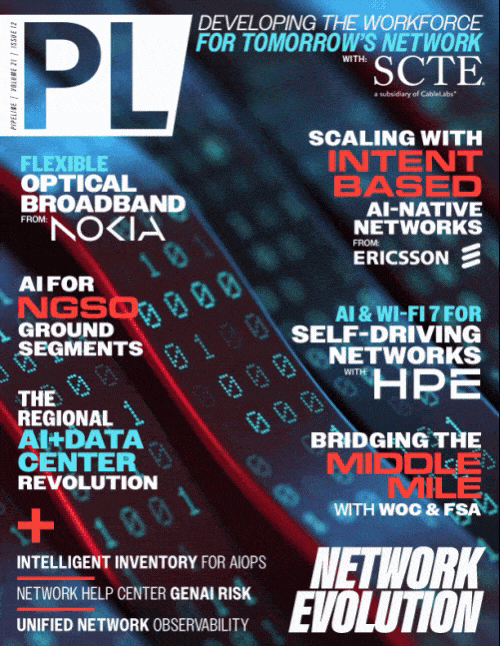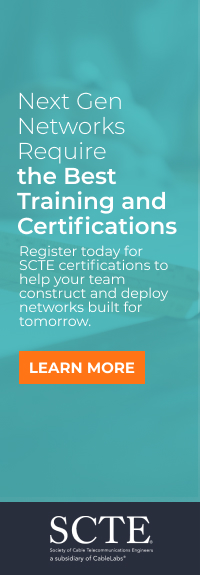Across the Middle Mile: How BEAD is
Rewriting the Rules of America’s Connectivity
What sets WOC apart isn’t just its speed, but the freedom it gives to planners. Systems can be deployed in a matter of hours. There’s no need to trench through protected land, no wait for spectrum licenses, and no dependence on latency from orbital relays. That makes WOC uniquely suited for the kind of projects BEAD is now prioritizing: fast, flexible, and resilient infrastructure for communities that have waited long enough. But this isn’t about prioritizing one technology over another, and fiber cabling will remain vital, particularly for last-mile connections. The next phase of BEAD will need all technologies to succeed – in some cases on their own, but in many cases together, as a cohesive network.
Redundancy vs Resilience
Redundancy is fundamental to network design. It ensures that if one connection fails, traffic can automatically reroute through a secondary link. While redundant systems offer a safe backup, they don’t always guarantee continuity. Failovers can involve delays, manual reconfiguration, or traffic loss, none of which is ideal in remote or resource-constrained environments. For BEAD-funded networks extending into America’s most challenging geographies, the bar is even higher. Continuity must be ingrained not just as a backup plan, but as a design philosophy.
That’s where resilience enters the design. A resilient network doesn’t react to failure; it actually anticipates it. It’s designed to absorb shocks, reroute intelligently, and recover without
disruption. This often means incorporating multiple delivery methods and planning for power, access, and environmental risk in equal measures. In practice, that could mean a blend of fiber, fixed
wireless, and Wireless Optical Communication (WOC), each playing a distinct role in keeping the network operational under stress. Particularly in difficult-to-reach areas, states need to start
thinking about resilience as core to their architecture rather than a feature that sits on top.
Examples across the US demonstrate what this approach can achieve. In Florida, a multi-path backhaul design shielded end users from a long-haul fiber outage. In Texas and California, years of
extreme weather have exposed the limits of brittle, centralized infrastructure, driving demand for decentralized systems with faster recovery paths. In Puerto Rico, communities have seen the
benefit of technologies that can operate off-grid and be deployed in a matter of hours. These are regional lessons with national significance. As climate volatility and cyber risk become the new
normal, resilience must be treated as a first-order design principle.
Lighting the Path Ahead
America’s digital future will be shaped not only by how many communities are connected, but by how well those connections hold up under pressure. As the physical and environmental challenges of
the middle mile become more visible, so too does the need for infrastructure that’s flexible by design and resilient by default. BEAD’s new technology-agnostic stance expands the pool of eligible
technologies and, in doing so, it’s redefining what the country’s connectivity ecosystem may look like in the near future. Performance, cost-efficiency, and speed now share the stage with
durability, environmental fit, and the ability to adapt in real time.
Now, states simply have to act. With Wireless Optical Communication, unlicensed fixed wireless, satellite, and fiber all now on the table, states have a chance to build networks that are quick to
deploy and built to last, and, in doing so, ignite their economies by bringing communities into the light.



















